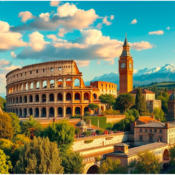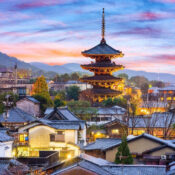22 Amazing Places & Reasons To Visit in India
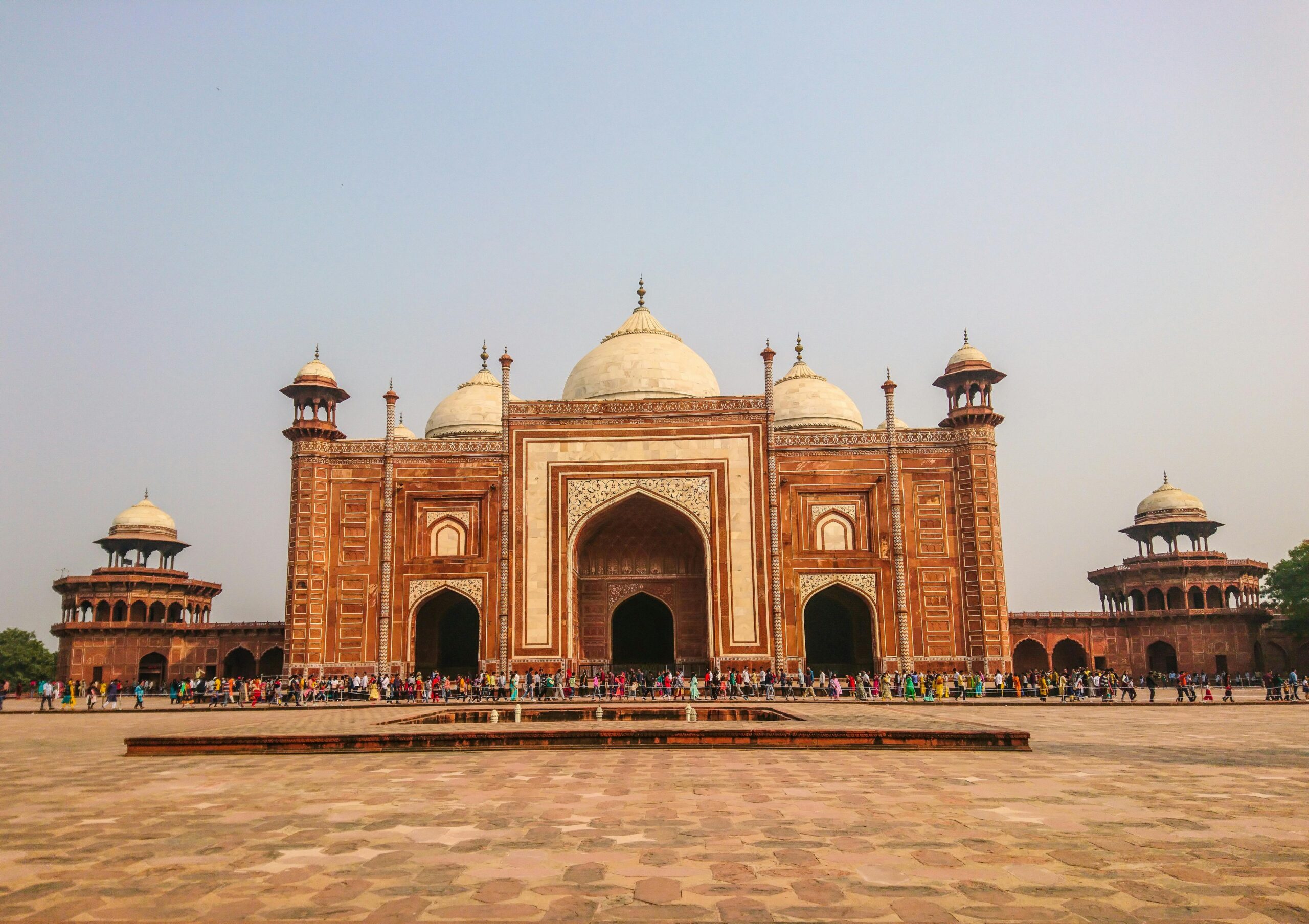
22 Amazing Places & Reasons To Visit in India
Introduction:
India has enthralled tourists for millennia with its ancient and breathtaking landscapes. It’s easy to understand why this nation is so alluring—you may find delicious street cuisine, stunning architecture, and lively religious celebrations all in one day in India.
If you too intend to travel to India, whether you want to stay for a week, a weekend, or more. Make the most of what the nation has to offer by reading our travel guide.
Reasons to Love India:
India is huge in terms of its size, people, character, and, of course, its popular tourist destinations like the Taj Mahal. You won’t be able to resist this ancient Land’s dizzying pace for the following reasons:
- Evening devotions:
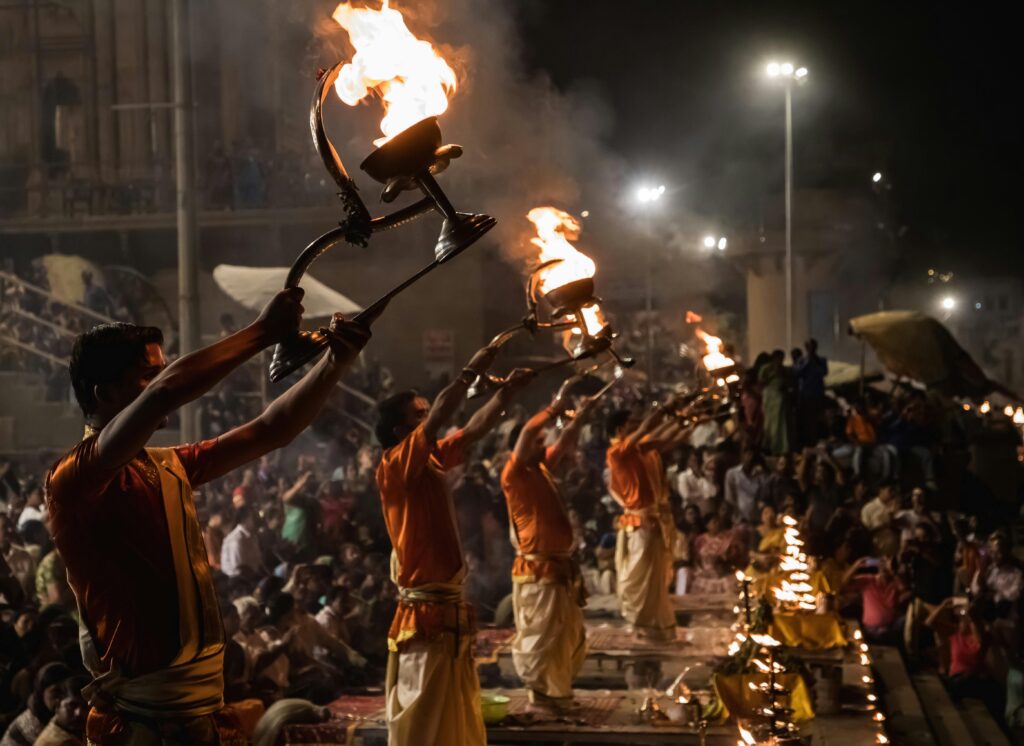
In mystic Varanasi,India, join the thousands of pilgrims who line the sacred Ganges to ignite candles and float them on the water, a devotional ritual that sets the river ablaze.
- Sundowners in Goa:
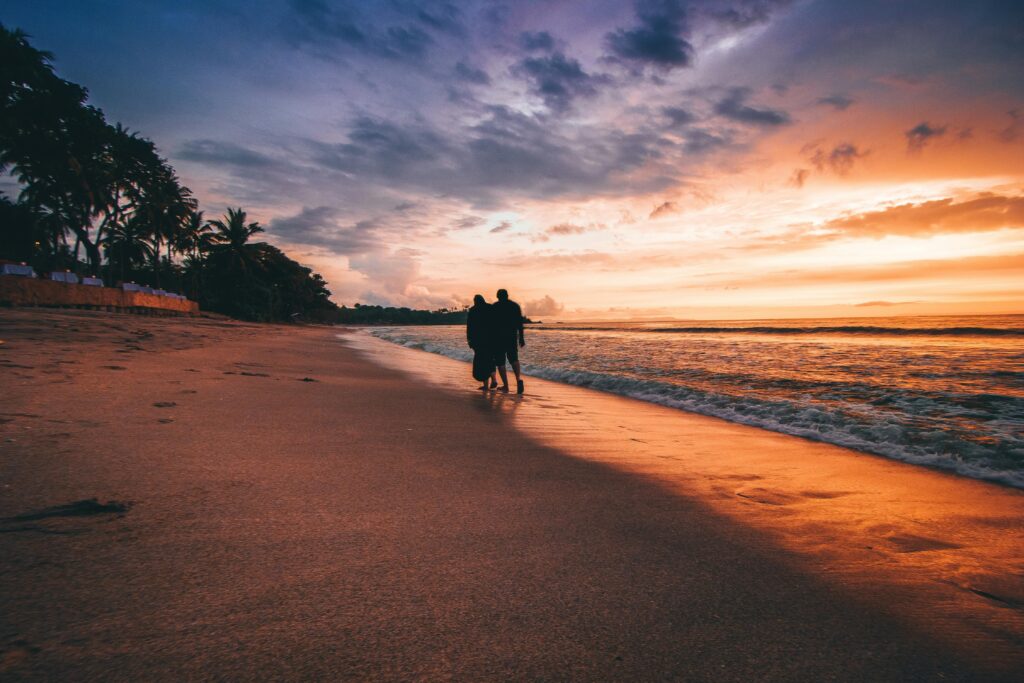
Goa’s golden beaches fringed with shacks where you may sip a cashew-based alcohol called a “feni cocktail” while the sun sets over the infinite Arabian Sea India.
- Colourful Celebrations:
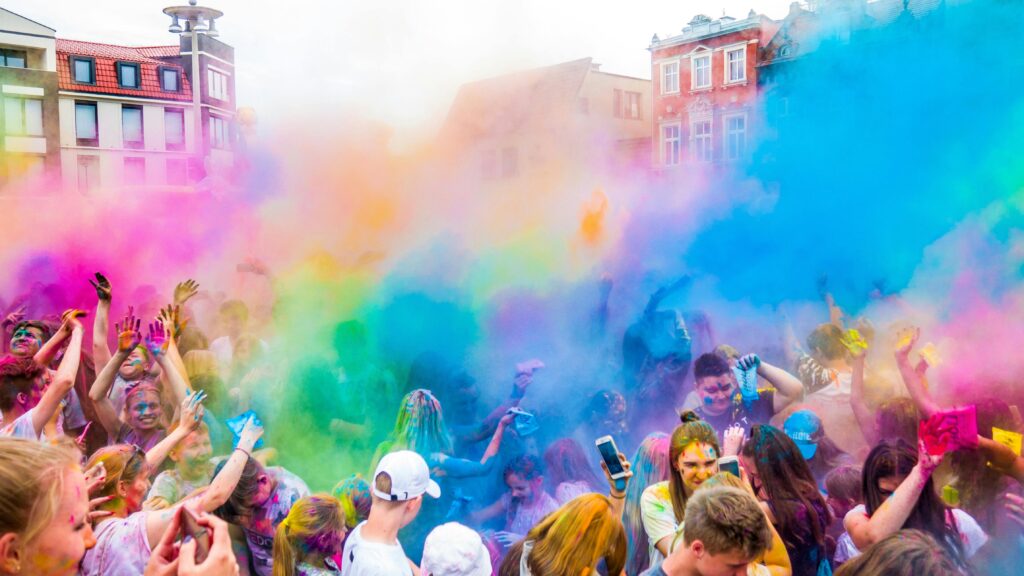
India is a party-loving nation, whether it’s for a god’s birthday or to celebrate spirit. The nation comes alive in a riot of color during the Holi. The festivities when participants cover one another with gulal, or colored powder.
- Immortal Romance:
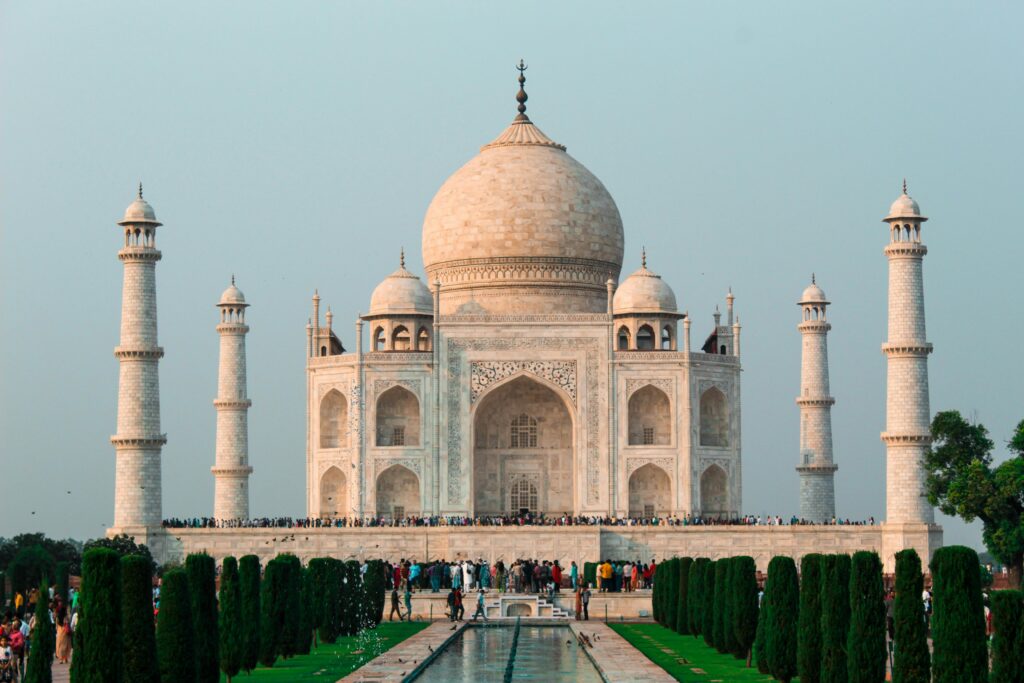
It’s indisputable, undeniable, and breathtakingly gorgeous. The Taj Mahal, a well-known symbol of passionate love. It magnificent at any time of day, but most often viewed around dawn.
- Terrifyingly Terrific Tigers:
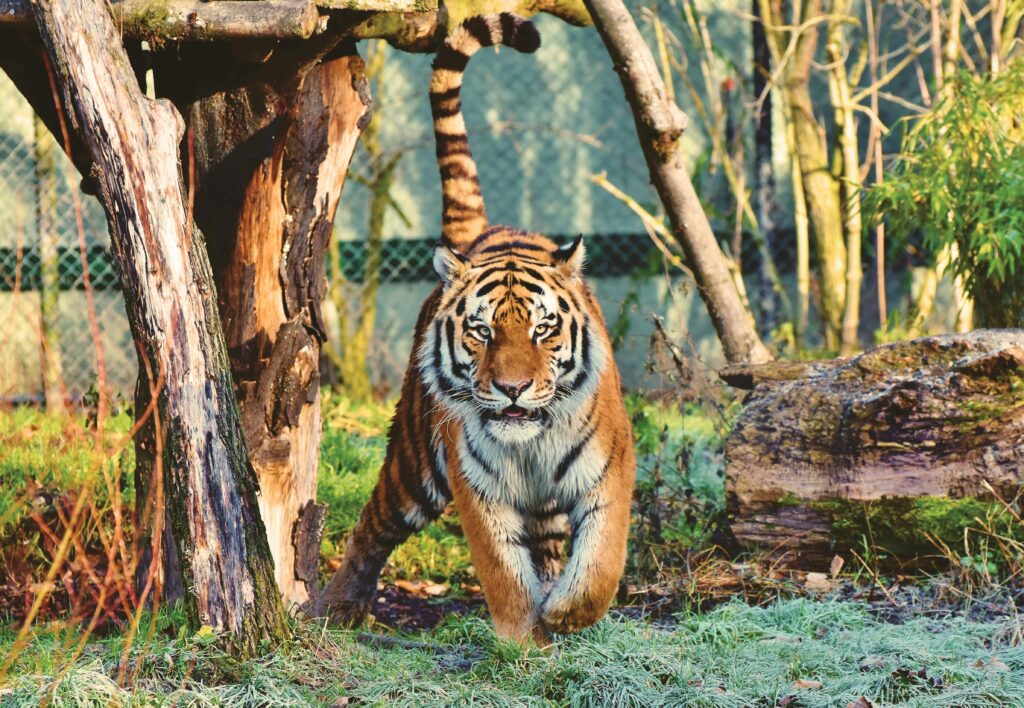
Many tigers worldwide found in India. Here, goes a safari in one of the nation’s protected tiger reserves. Venture out onto the wild side in hopes of spotting a big cat.
- Food For Soul:
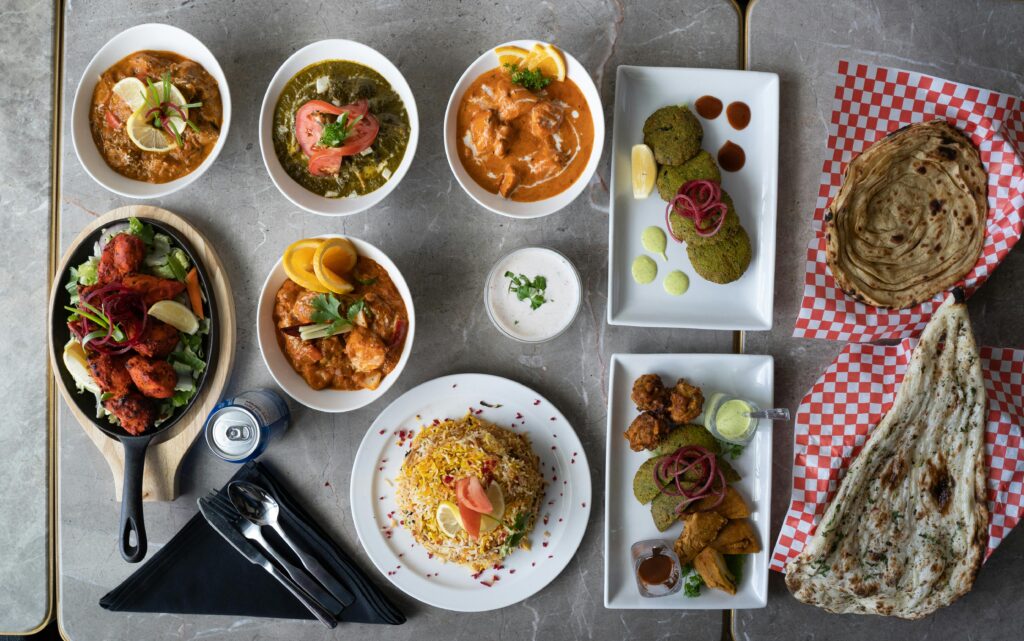
The aroma of sizzling food and spices fills the streets of towns all around India. Make sure you pack an appetite as large as the nation. Because every region has its own unique flavors and cuisine.
- Fantastic Forts:
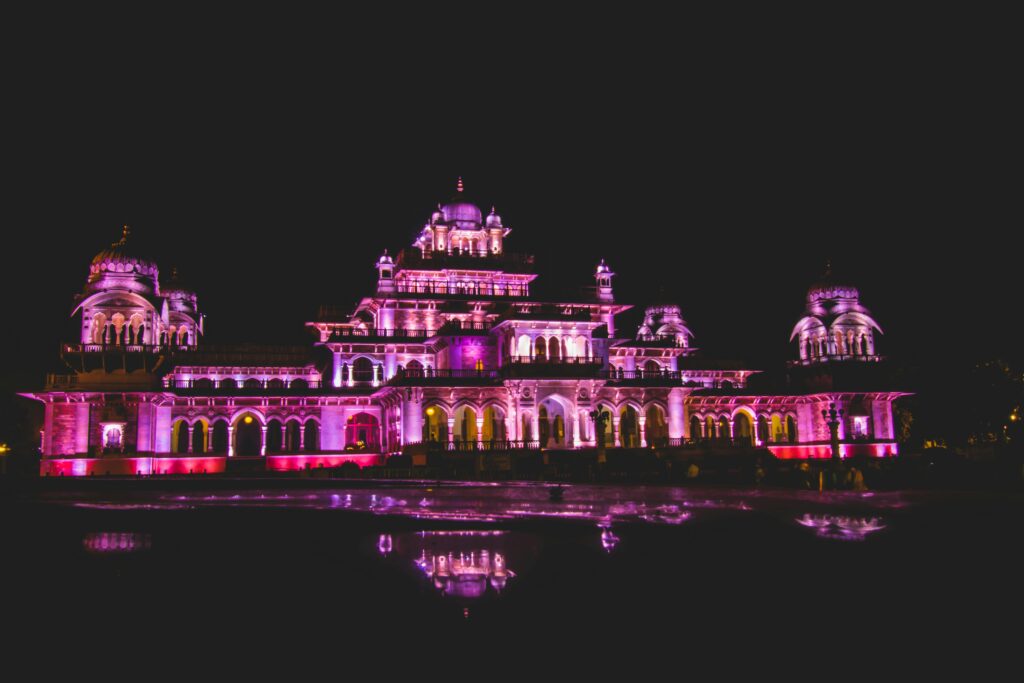
Rajasthan’s majestic hill forts, with their towering stone walls, conceal fantasyland-like palaces with gold-plated thrones and crystal-adorned apartments.
- Himalayan Heights:
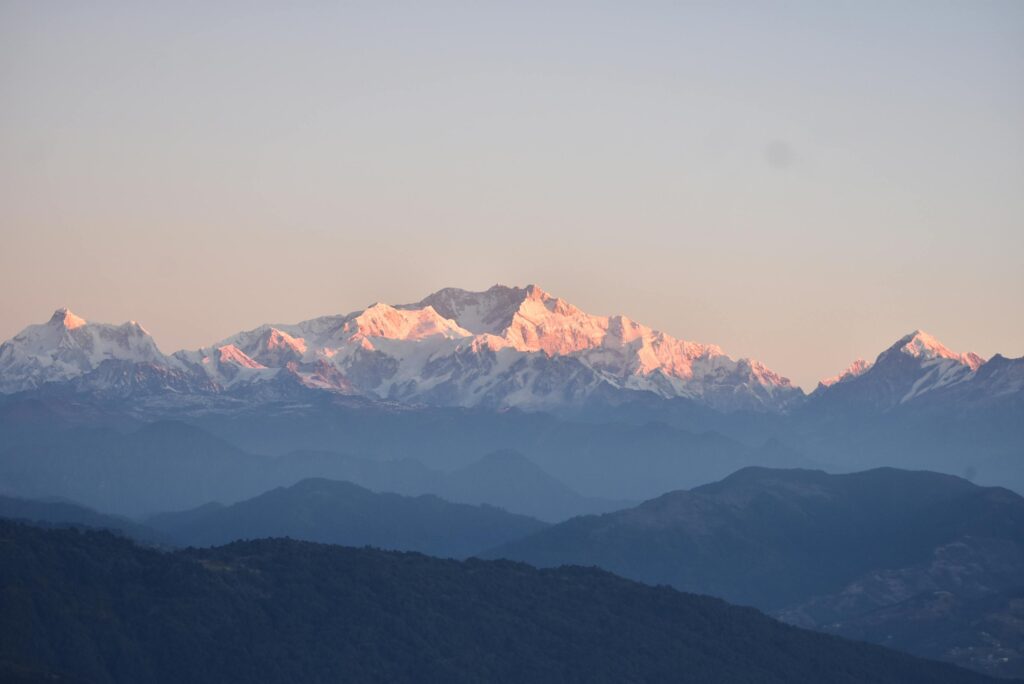
The Himalayas have more to offer than just breathtaking heights. Here, exquisite lakes mirror the vibrant surroundings, monasteries cling to mountains, and tiny roads wind through canyons.
- Spiritual Healing:

Some of the world’s oldest wellness traditions can be found in India. Discover your center at an Ayurvedic detox in Kerala. At yoga school in Goa, or a meditation retreat in the Himalayas.
- Ancient Civilization:
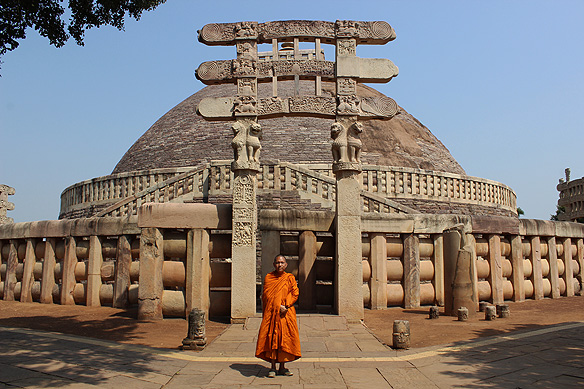
Follow along the footsteps of history—here are the foundations of many of the world’s greatest religions and civilizations. As the sites of opulent towns and temples constructed by ancient kings.
- Teatime:

Some of the most popular teas in the world are grown in Assam and Darjeeling. Enjoy a “first flush” brew in the Himalayan town of Darjeeling to sample the first leaves of that season’s harvest.
- Movie Magic:

Hindi-language movies from India are known for their extravagant dance sequences, catchy music, and sheer style. See it in action by taking a tour of Mumbai’s Film City.
Places to Explore in India:
Let’s explore the places to explore in India during your visit:
Delhi:
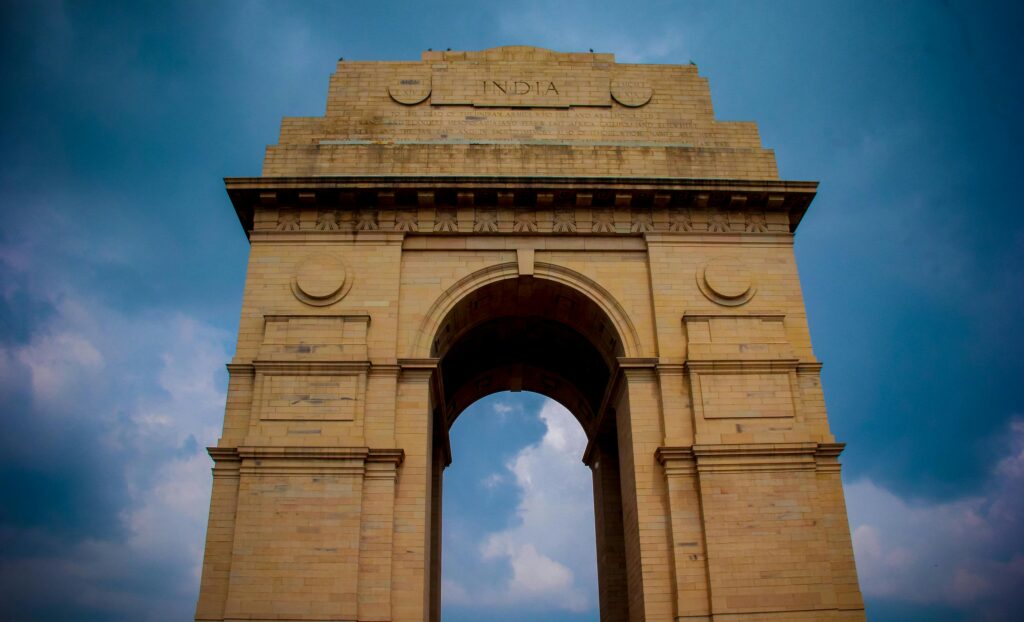
Delhi is a large, rapidly growing city in India. At first, the noise and quick pace may seem overpowering. But after you get used to the city’s rhythms, you’ll find it to be an amazing destination. The capital of India has always been undergoing change, as seen by the magnificent architecture of sites like the Archaeological Park and the Red Fort. You can also sample street food. For fried parathas, visit the well-known Parathe wali gali in Old Delhi’s Chandni Chowk Bazaar.
Rajasthan, India:
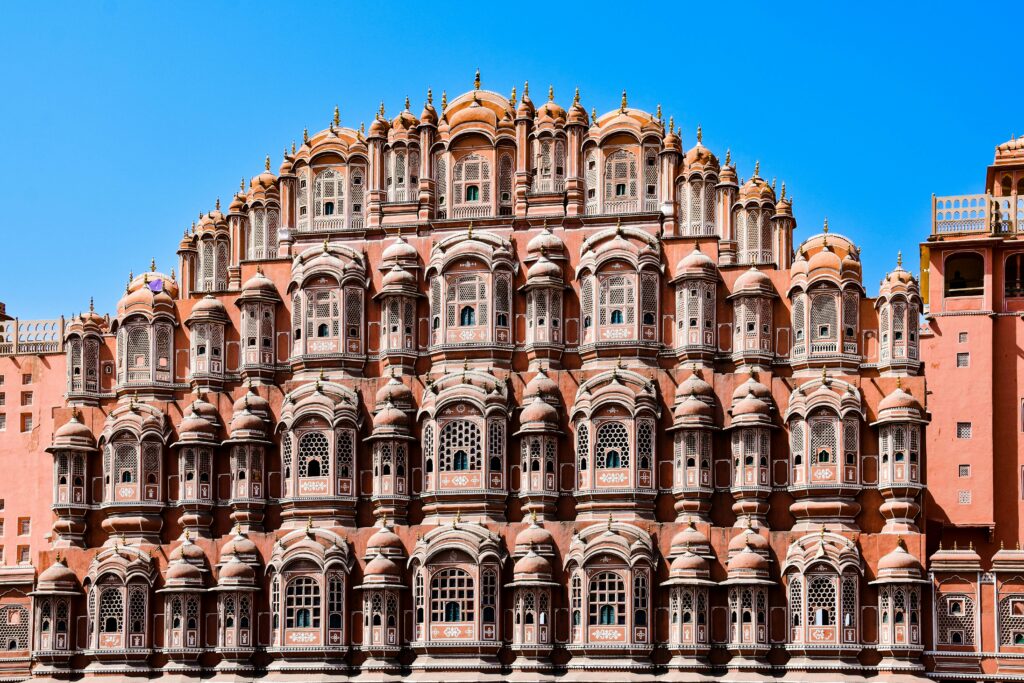
Rajasthan, the jewel in India crown, has everything. Imagine the glistening palaces of the ancient kingdoms of Jaipur, Jodhpur, Jaisalmar, and Udaipur. As well as the rainbow-colored birds of Keoladeo Ghana and Ranthambhore national parks. These are just a few of the numerous attractions that seem straight out of a storybook.
Explore the silence of the vast Thar Desert, home to wandering camels. Take in the hubbub of one of Asia’s biggest livestock markets in the pilgrimage town of Pushkar. Rajasthan is undoubtedly one of the most well-liked travel locations in India, and it’s only a short drive from Delhi.
Uttar Pradesh & Uttarakhand:
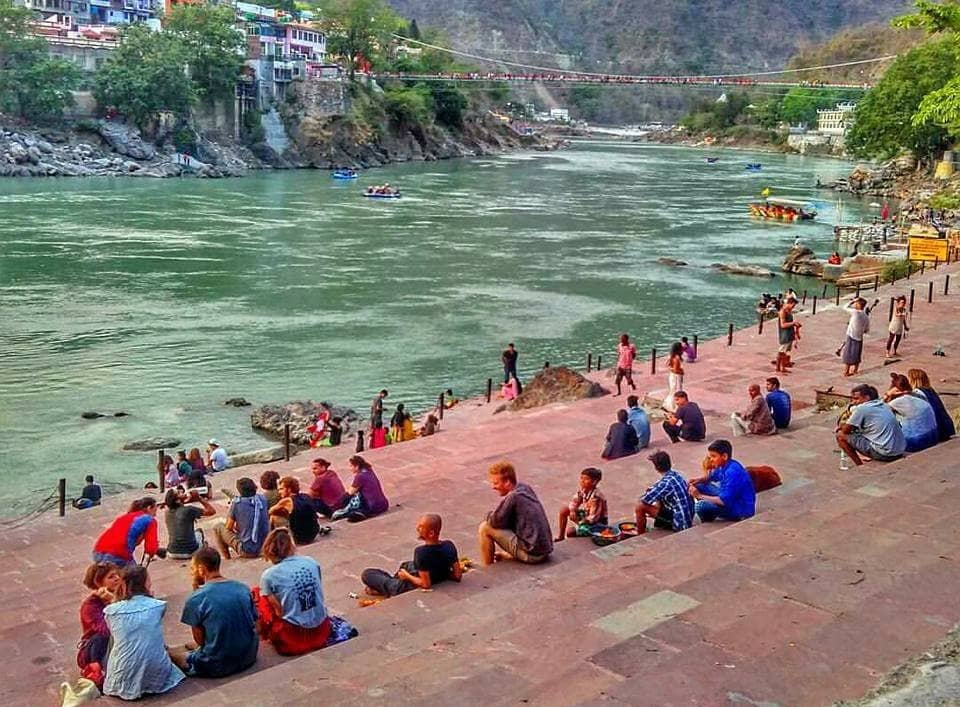
Inhale deeply and venture between them; these adjacent states boast some of India’s most popular attractions, as evidenced by the throngs of visitors. Uttar Pradesh is the home of the Taj Mahal, one of the most magnificent displays of human love on earth. As pilgrims travel there to bathe in the sacred Ganges River in Varanasi. Uttarakhand’s mountains make it move at a distinct speed. drawing pilgrims and yogis seeking to meditate at Rishikesh, the nation’s most well-known yoga centre.
Punjab & Haryana:
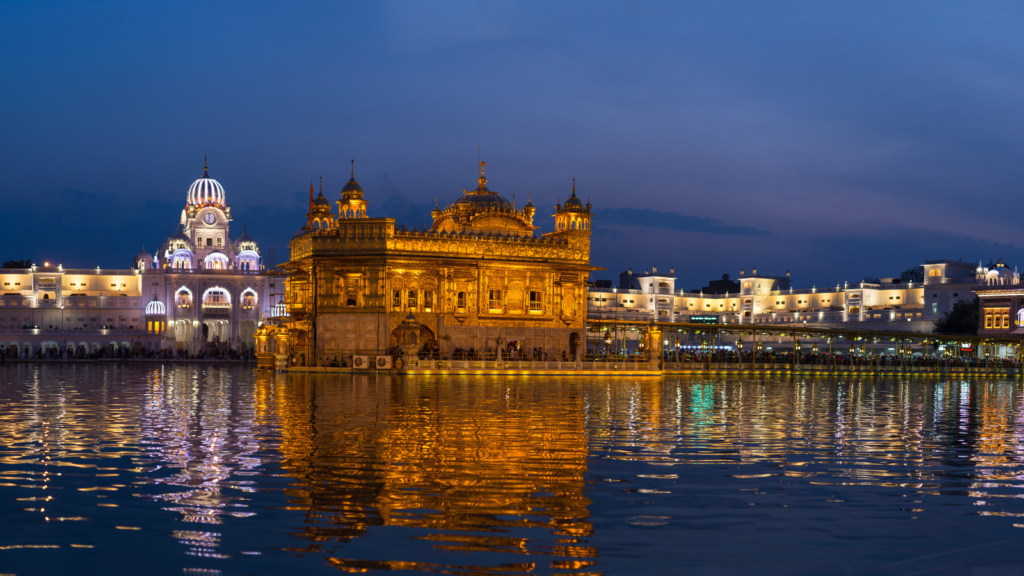
The modernist architectural masterpiece Chandigarh, created by Le Corbusier, serves as the capital of each of these twin states. Punjab, which was split during Partition, offers tourists far more than Haryana. Punjab is the birthplace of Sikhism and the location of Amritsar’s Golden Temple, the religion’s most significant structure.
The Wagah Border Crossing is close by, where soldiers from Pakistan and India perform well-organized nightly rituals to applause from their fellow citizens. Another attraction of the area is the cuisine, which is concentrated on tandoor.
Himachal Pradesh, India:
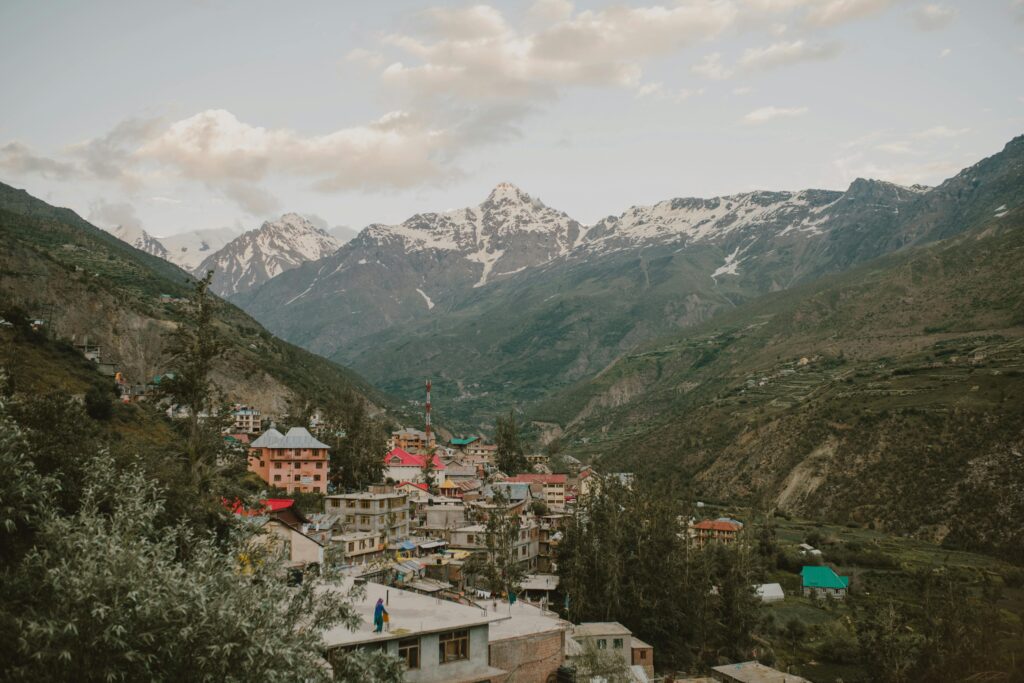
Himachal Pradesh, which is surrounded by the jaw-droppingly beautiful peaks of the Himalayas. It is a popular destination for pilgrims in India.They travel to Dharamshala, the seat of the Tibetan Government-in-exile and home to the Dalai Lama, to honor him; to experience some of the best hikes in the nation in the breathtakingly remote Spiti Valley; and to escape the oppressive heat of the lowlands to chilly hill stations from the British Raj era, like Shimla.
Ladakh, Jammu & Kashmir:
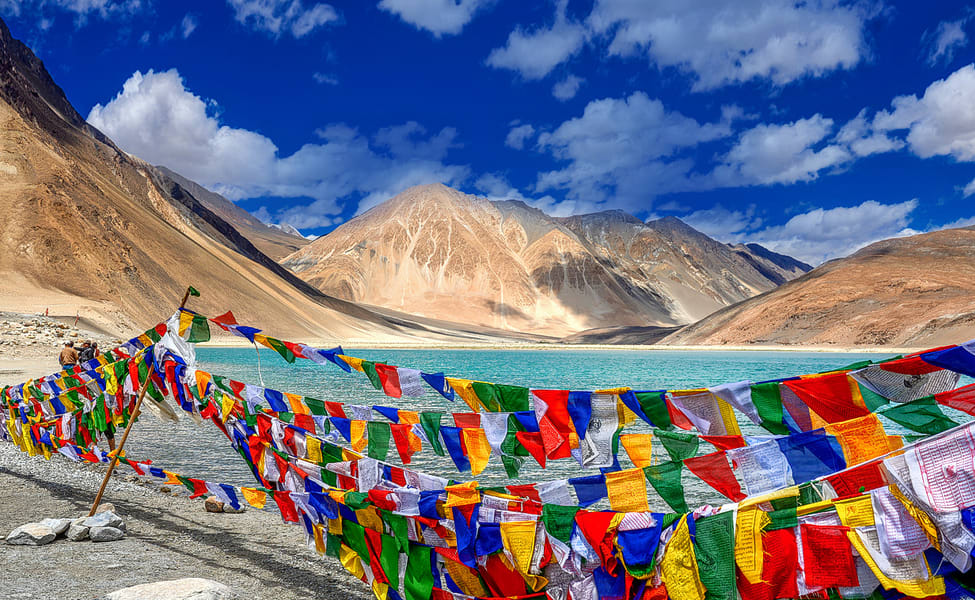
The union territory of Jammu & Kashmir, located in the extreme north of India, boasts breathtaking Himalayan beauty. After experiencing a decline in popularity as a result of the unrest in Pakistan and India, which both claim the region, tourism is now growing once more.
Along with its breathtaking alpine landscape and Buddhist monasteries. The Union Territory of Ladakh is also the beginning point of one of the world’s most thrilling—and occasionally deadly—drives, the Leh-Manali Highway.
Bihar and Jharkhand:
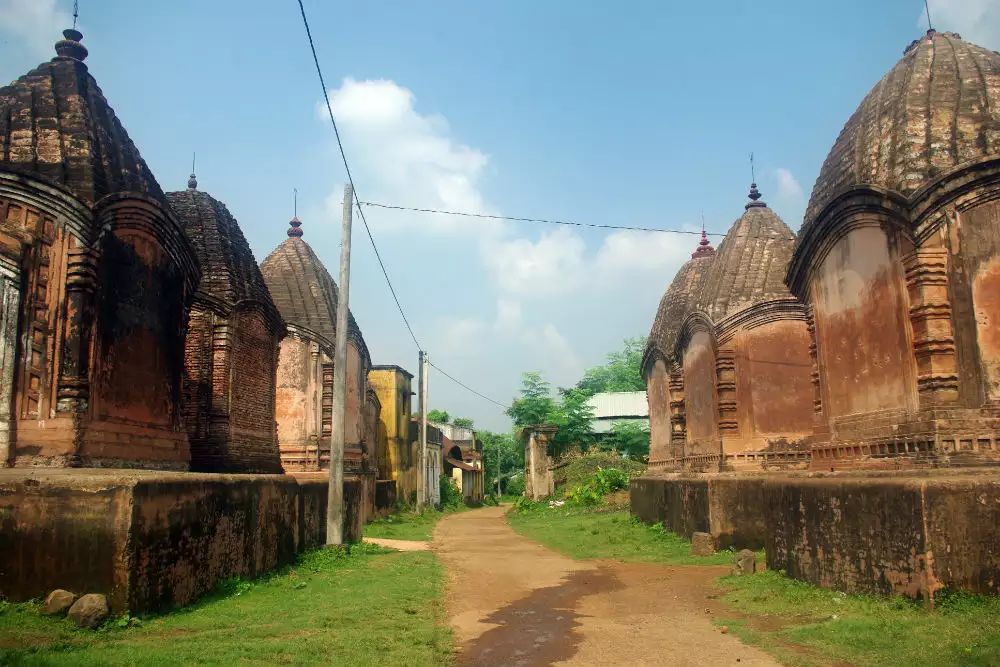
The histories of Jharkhand and Bihar are extensive. Jharkhand, known as the “Land of Forests,” offers a perfect retreat with its magnificent waterfalls and deep forests. Under the meantime, Patna, the capital of Bihar, is among the world’s oldest cities still under continuous habitation. It serves as a convenient starting point for the annual Sonepur Mela. A sizable cattle fair that takes place close by. The majority of tourists, however, travel to two important Buddhist locations in Bihar: the historic Buddhist university of Nalanda and the site of the Buddha’s enlightenment, Bodh Gaya.
Madhya Pradesh & Chhattisgarh:
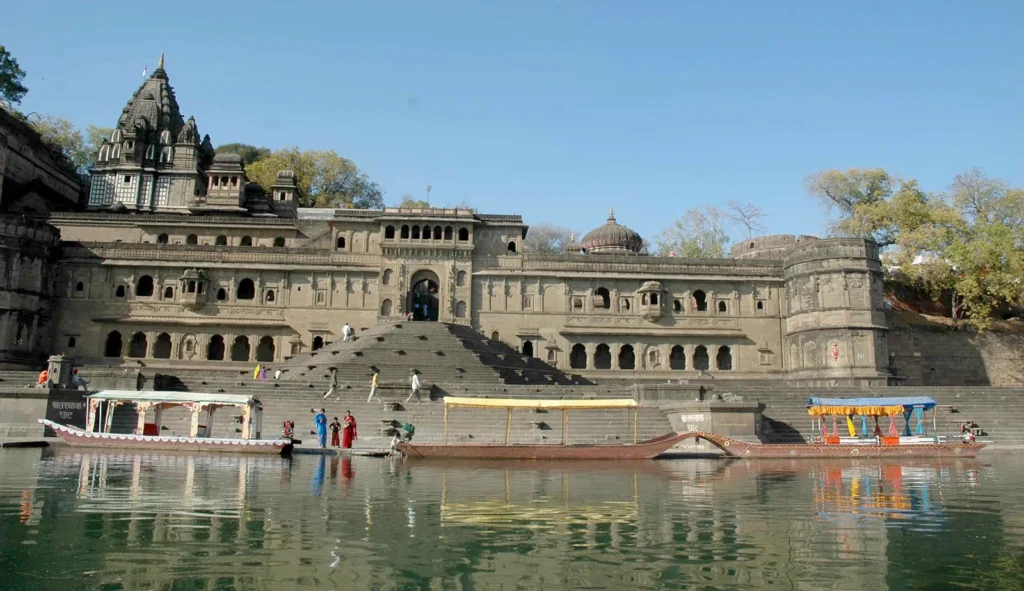
Located in the center of India, the neighboring states of Madhya Pradesh and Chhattisgarh are landlocked, heavily forested, and possess a rich cultural heritage. The former offers an immensely diverse array of sites, including the Kiplingeque Tiger Reserve, grand forts, semi-ruined and overgrown palaces, Buddhist stupas, and old temples adorned with sensual artwork. A great place to get off the main path is Chhattisgarh, which is home to numerous indigenous communities.
Kolkata, India:
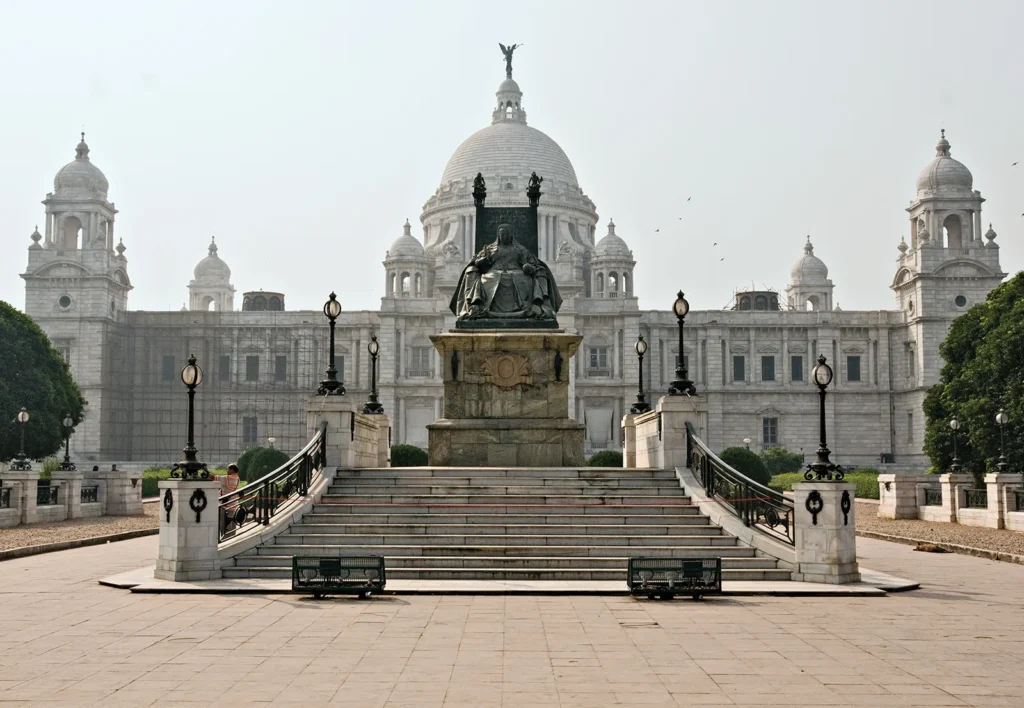
Put aside its reputation—one of Asia’s most alluring cities is Kolkata, formerly known as Calcutta. The capital of West Bengal, situated on the banks of the Hooghly, is a warm, elegant, and wholly authentically Bengali palace. Every aspect of daily life is influenced by the culture, from the rich literary traditions of the city—which include a thriving secondhand book market—to the food. A few of Kolkata’s many attractions are museums, such the Victoria Memorial, and more vibrant areas, including Eden Garden, one of the best cricket grounds in India.
West Bengal & Sikkim:
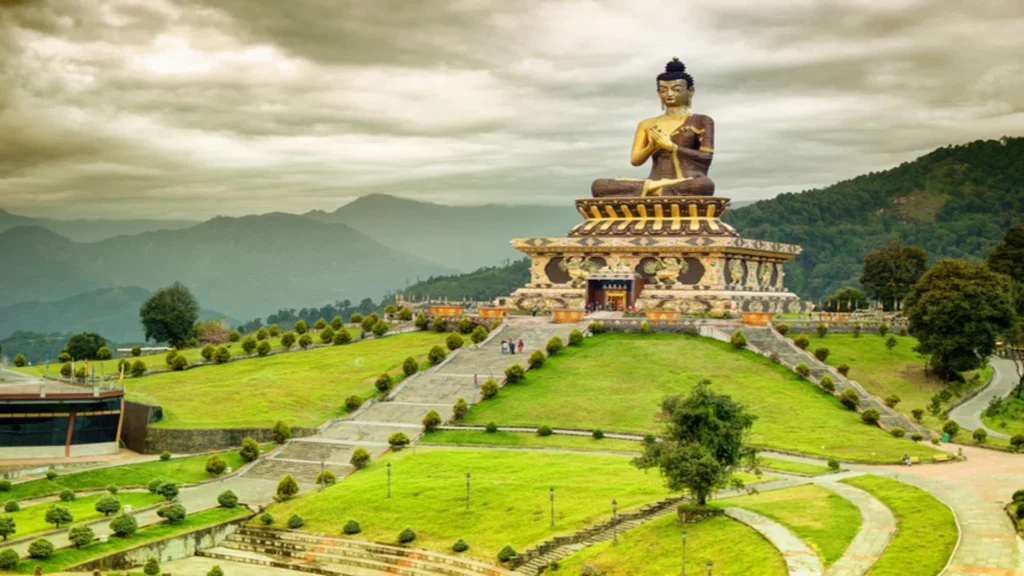
Beyond the main city of Kolkata, West Bengal is most known for its wide variety of scenery. Ranging from the temperate Darjeeling tea fields in the Himalayan foothills to the central lowlands that are home to the terracotta temples of Bishnupur.
In the meanwhile, small Sikkim is home to red pandas, rhododendron woods, monasteries, and mountains. Trekking routes are the greatest way to experience this beautiful region in India.
Odisha:
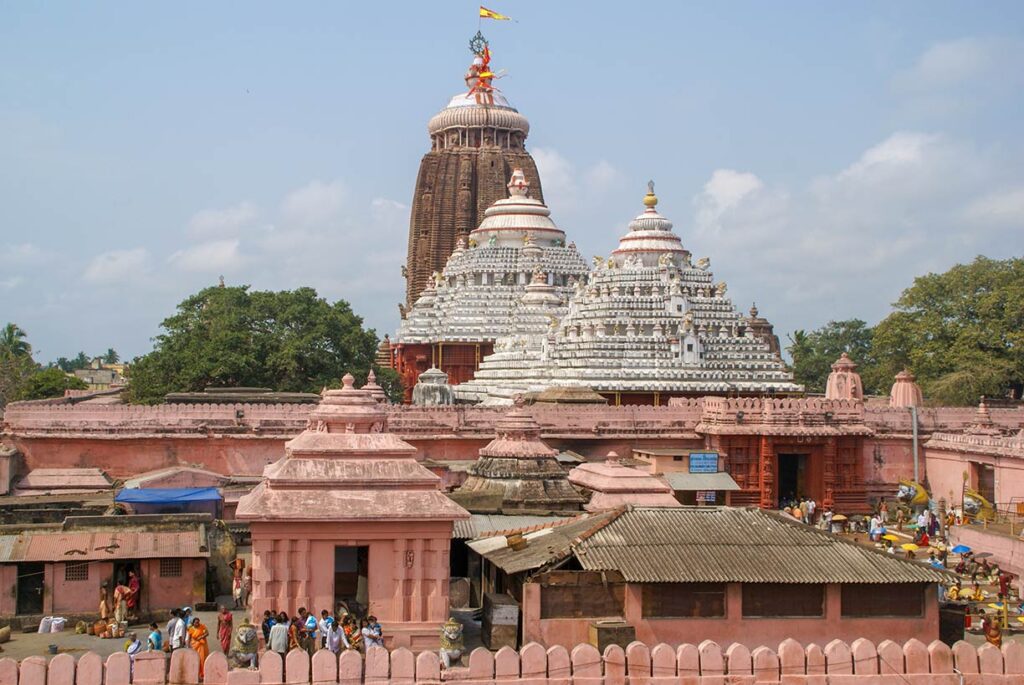
Odisha, located on India’s east coast and overlooking the Bay of Bengal, is well-known for its exquisite temples. The magnificent Sun temple at Konark is the main attraction, although there are more than 500 medieval mandirs in the capital city of Bhubaneswar alone. Many religious festivals are held throughout the state. One of the most notable being the grandiose Rath Yatra celebrations in Puri.
In addition to being home to several beautiful nature reserves, such as Bhitarkanika, where tens of thousands of Olive Ridley turtles nest annually. Odisha is a state enhanced by its diverse Indigenous populations.
The North-East:
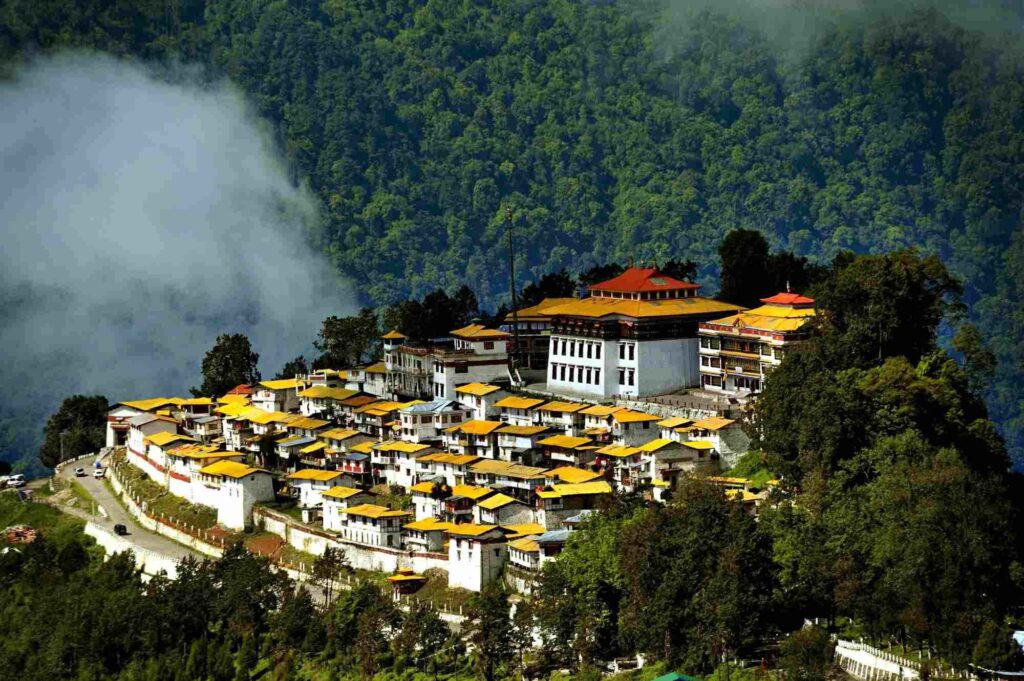
Known as the Seven Sisters, these undiscovered provinces in northeastern India have much to offer intrepid travelers. The largest of the Seven is Assam, which is also home to Majuli, the largest populated river island in the world, tea estates, and the breathtaking Kaziranga National Park.
Arunachal Pradesh presents breathtaking views of the Himalayas. Nagaland is home to a vibrant Indigenous culture, and Meghalaya, one of the world’s wettest regions, boasts some amazing naturally occurring bridges made of rubber plant roots in India.
Gujarat,India:
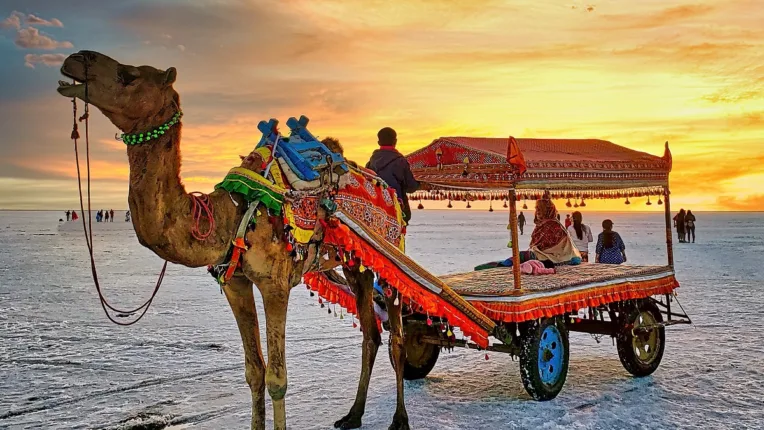
Gujarat, India’s westernmost state, juts out into the Arabian Sea. It is inextricably related to the freedom activist Mahatma Gandhi, who established his Sabarmati Ashram in Ahmedabad and was born in Porbandar. The lions of Gir National Park, the 1,000-year-old Sun Temple at Modhera, the intricately crafted stepwell of Adalaj Vav, and the remote Kutch region—where rich craft and textile traditions continue amid a hard but beautiful landscape—are just a few of the many unique sights that may be found elsewhere.
Mumbai,India:

Mumbai is a huge, diverse, throbbing metropolis, so it’s easy to understand why author Suketu Mehta once dubbed it the “maximum city.” Mumbai, formerly known as Bombay. It is home to the largest film business in the world, the Hindi film industry, and there are plenty of reasons to dance and sing in this city.
You can nearly always find some of the best shopping, dining, and nightlife experiences in the nation here. Beyond the vibrant street life, there are more conventional attractions, such as Chhatrapati Shivaji Maharaj Vastu Sangrahalaya, which has one of the best art galleries in the nation.
Maharashtra:
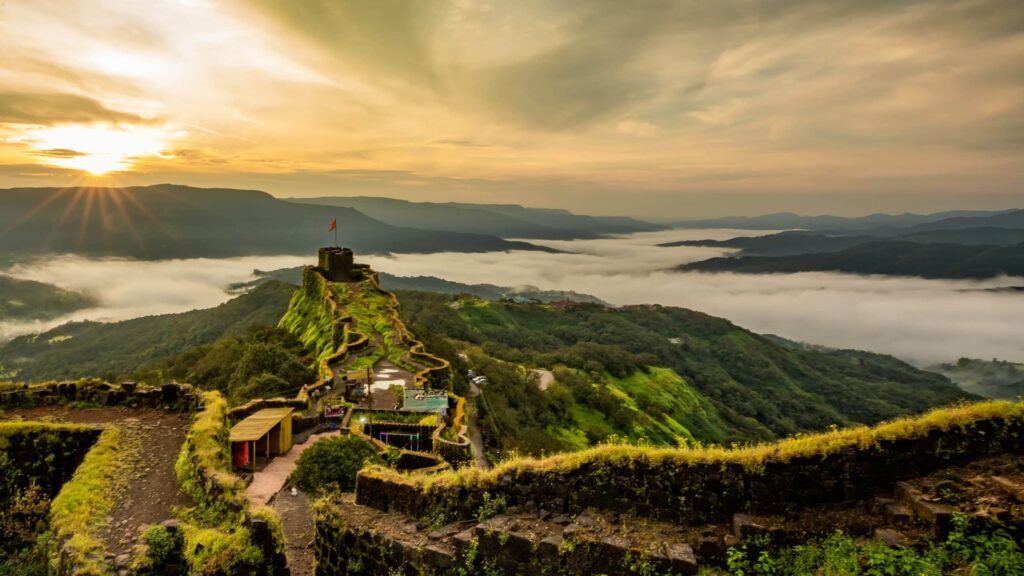
Mumbai is the state’s largest city, but Maharashtra is much more than just that. There are impressive Mughal architecture, secluded beach resorts, niche and developing vineyards, and old monuments scattered among vast plateaus, wide hills, and a lengthy coastline.
The UNESCO World Heritage sites of Ellora and Ajanta, with their rock-cut caves, shrines, and temples, are its principal attractions. Other must-see locations include the picturesque hill stations of Matheran, the Hindu temples of Nasik, and the sophisticated metropolis of Pune.
Goa,India:
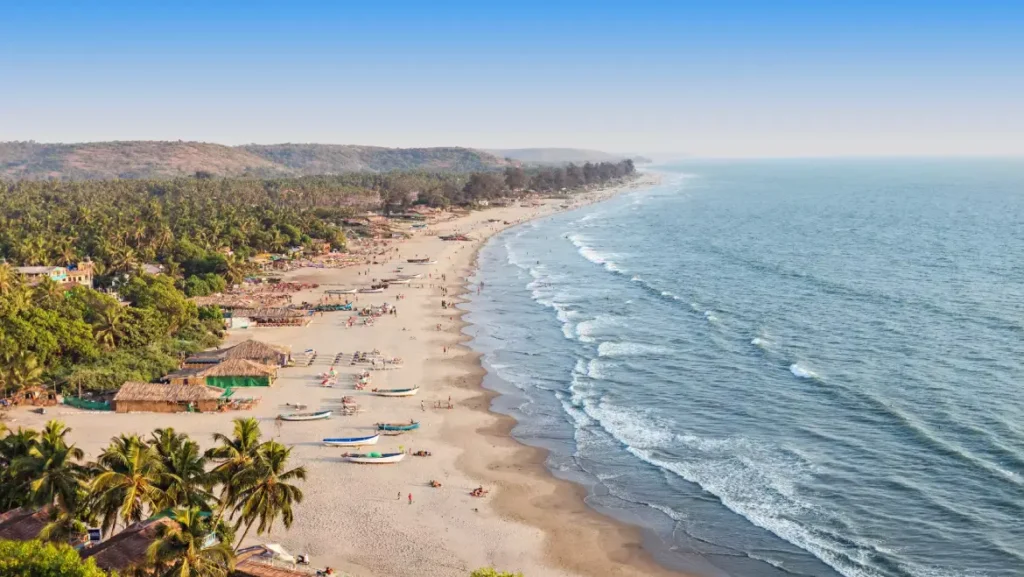
Goa has everything you could possibly want, from early morning vinyasa yoga on the beach to late-night clubbing.Though tourists are certainly drawn in by the stretch of stunning beaches, this small state moves at a distinct pace from the rest of India. Goa’s past is equally captivating. It still has significant European influence in its religious beliefs, cuisines, and the dilapidated colonial architecture of its main cities. All of which were once home to the Portuguese in India.
Karnataka,India:
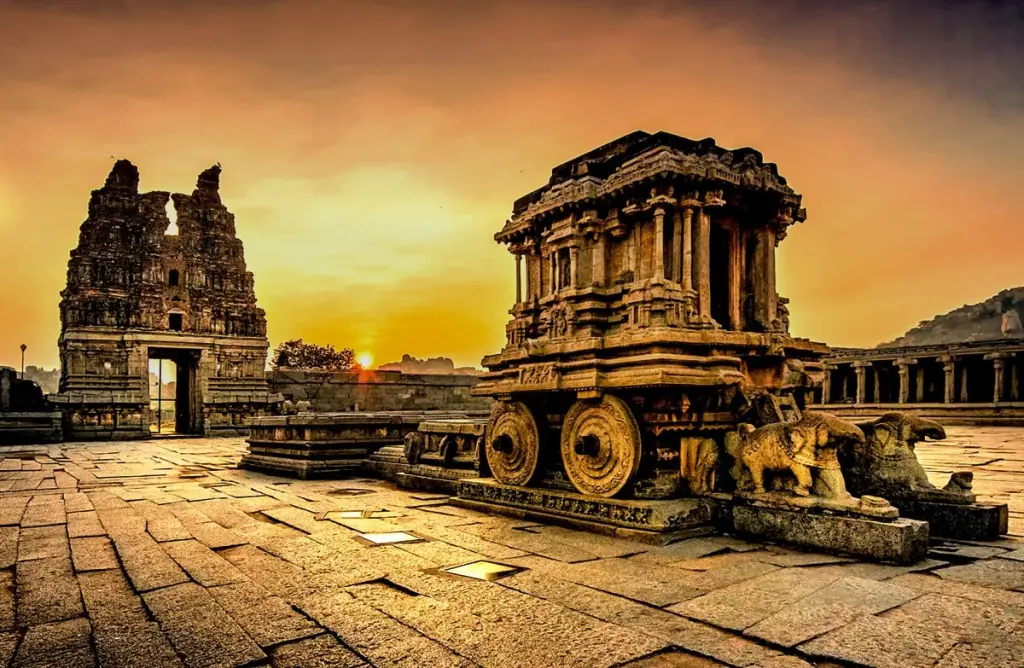
Karnataka is a fascinating blend of modern and traditional, countryside and city. India’s rapidly expanding megacity, Bengaluru (formerly known as Bangalore), is home to the country’s thriving tech sector. However, the state is also home to the atmospherically abandoned city of Hampi, as well as the historic temles of Pattadakal and Badami. Gokarna’s beaches are less crowded than those of nearby Goa, and the Western Ghats’ mountains and woods are home to some of the planet’s most biodiverse ecosystems in India.
Chennai,India:
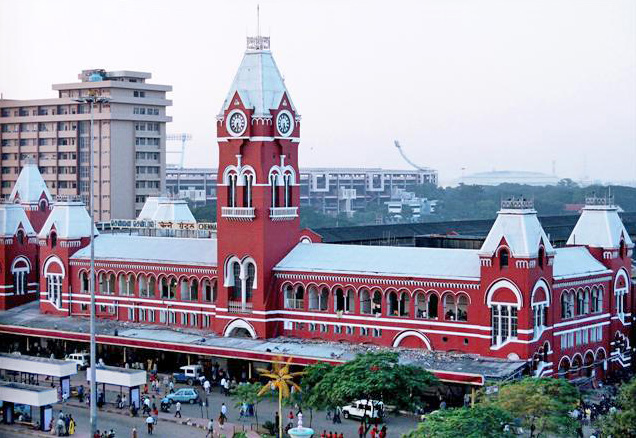
Travelers rush through relaxed Chennai (formerly Madras) on their way to other places, but if you stay a few days, you’ll discover that the city gradually develops . Chennai, the largest city in southern India and the capital of Tamil Nadu, is home to several great colonial-era buildings, one of the country’s longest beaches, and the Government Museum Complex in India. However, the opportunity to experience authentic south Indian cuisine, especially Masala Dosa, which is referred to as “food for the soul” in the area, is one of Chennai’s biggest draws.
Tamil Nadu,India:
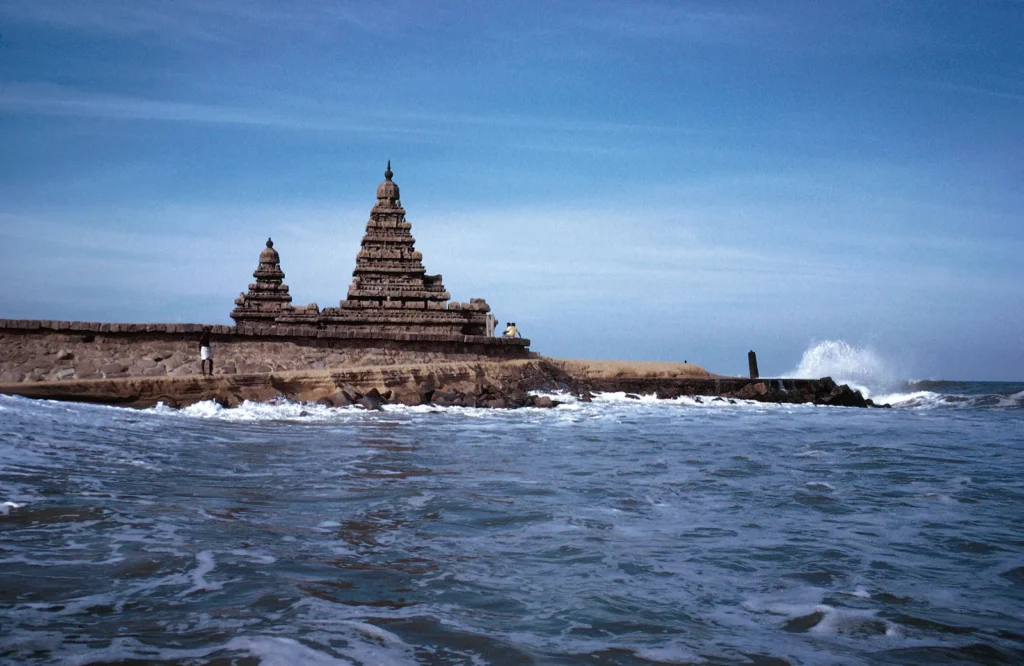
Regardless of what you’re searching for in India, southern-eastern Tamil Nadu is most likely the place to discover it. The state is home to several temple towns, including as the ancient Madurai, sometimes referred to as the “Athens of the East,” and Thanjavur. Puducherry, a former French colony, has a distinctly Gallic One of the UNESCO World Heritage Sites is Mamallapuram. Tamil Nadu has a taste of nature. It’s a considerable portion of the verdant Western Ghats and a lengthy stretch of coastline in India.
Kerala, India:
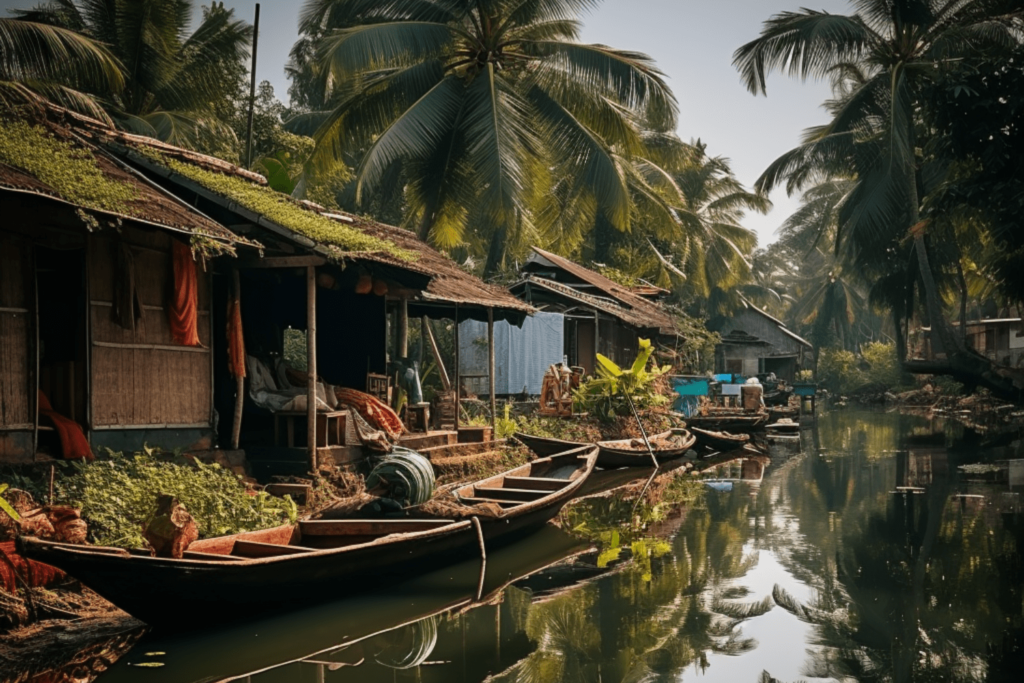
Known as “God’s Own Country,” Kerala, India is a popular destination for travelers looking to retreat through its endless canals. Although it boasts several charming cities, the countryside—which is rich in tea and spice plantations as well as protected places like Periyar Wildlife Sanctuary—is what draws most visitors to this region. Attractive beach resorts like Varkala and the outlying coral atolls of the Lakshadweep islands can be found beyond a labyrinth of lazy backwaters. Kerala is a hub for ayurvedic medicine, Kathakali dance drama, and delicious seafood-focused cuisine in India.
Andhra Pradesh and Telangana:
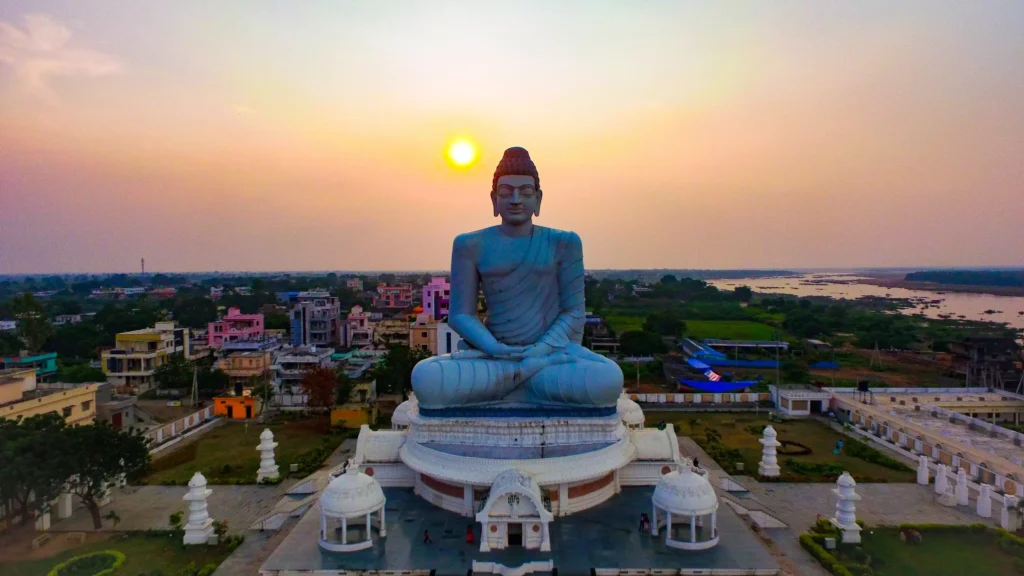
Until 2014, Andhra Pradesh and Telangana were one state, rich in monumnets and artisan culture. and yet have Hyderabad as their capital. The city is home to the spectacular Golconda Fort, striking Islamic monuments, a thriving IT district, and some of India’s best biryanis. Some of the most significant Hindu sites in south India can be found elsewhere. For example, the Shri Venkateshvara Temple in Tirupati, which welcomes up to 100,000 pilgrims each day, is among them.
Andaman and Nicobar Islands:
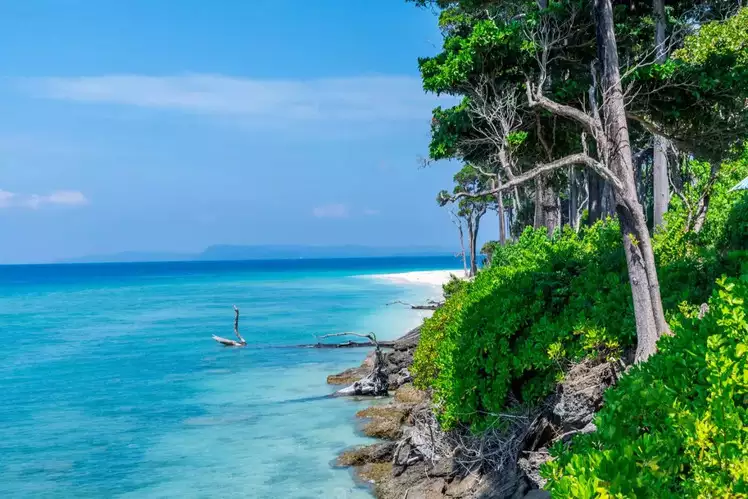
These islands, which are around 1,000 kilometers (621 miles) east of the mainland of India. It home to a significant Indigenous population and tropical scenery that set them apart from the rest of India, although having a similar colonial past. Renowned for its immaculate coral reefs, crystal-clear waters, and sandy beaches, the verdant archipelago is a snorkeler’s and scuba diver’s paradise of India. This is the spot to go if you want a peaceful getaway from the outside world.
For more information,Click here.
Want to plan your trip to India? Visit our website Travel India Info, or mail us at info@travelindiainfo.com. We are always eager to assist you. Happy Travelling!!
Recent Posts
Europe Travel Guide: Best Places to Visit & Explore
15 Best Amazing Places to Explore in Scotland
9 Best Amazing Day Trip To Explore from Kyoto


